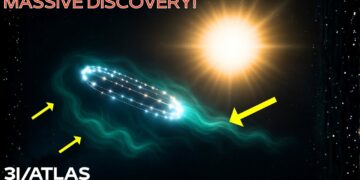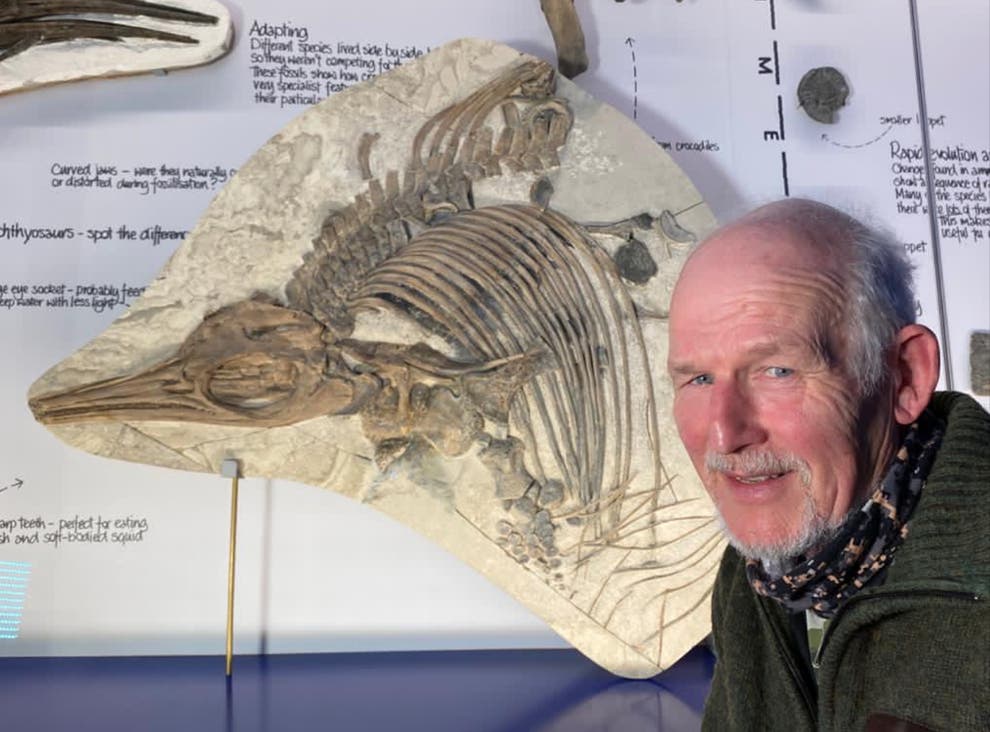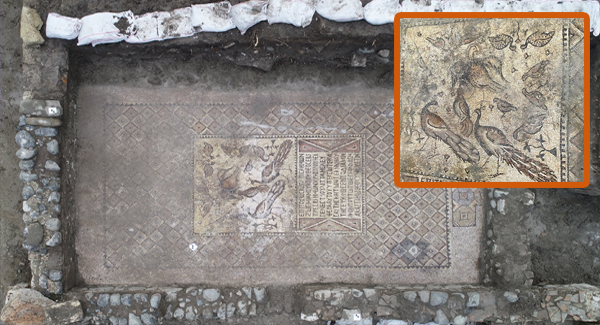Recent discoveries are reshaping our understanding of ancient history, revealing connections between monumental structures worldwide that challenge conventional archaeology. From Stonehenge’s altar stone to the Great Sphinx and Japan’s underwater formations, these sites suggest a level of sophistication that hints at a lost, advanced civilization—possibly an antediluvian world erased by a global catastrophe.
Stonehenge’s Altar Stone: A Logistical Enigma
A groundbreaking study published in Nature reveals that Stonehenge’s six-ton altar stone, long thought to originate from Wales, was quarried in the Orcadian Basin of northeast Scotland, over 750 km away. Transporting this massive stone across Neolithic Britain—through treacherous terrain, tribal territories, and without modern tools—defies explanation. The authors describe it as a “difficult long-distance transport” requiring extraordinary societal organization. How did Stone Age people accomplish what would challenge modern logistics?
The Great Sphinx: Evidence of an Earlier Era
In Egypt, the Great Sphinx presents another anomaly. Geologist Robert Schoch has documented water erosion patterns on its enclosure walls, suggesting prolonged heavy rainfall—an environmental condition last present in Egypt around 10,500 BC, far predating its conventional dating to Pharaoh Khafre (c. 2500 BC). Seismic surveys in 1987 and 1991 detected chambers and tunnels beneath the Sphinx, yet to be explored. Could these point to a “Hall of Records,” as some speculate, preserving knowledge from a lost civilization?
Yonaguni’s Submerged Monument: Man-Made or Natural?
Off Japan’s Yonaguni Island lies a massive underwater structure with straight edges, terraces, and staircases. Marine geologist Masaki Kimura argues it is a human-made monument, possibly 10,000 years old, submerged after the last Ice Age. While skeptics attribute its features to natural sandstone fracturing, the precision of its angles and potential tool marks suggest otherwise. Could this be another remnant of an advanced antediluvian culture?
Global Connections: A Shared Knowledge System
These sites are not isolated. Stonehenge, the Sphinx, and Yonaguni, along with other megalithic structures like Scotland’s Callanish Stones and Malta’s Hypogeum, display advanced astronomical and engineering knowledge. The Callanish Stones track lunar cycles with a precision that rivals modern astronomy, while Malta’s Hypogeum features acoustic properties resonating at 111 Hz, a frequency linked to altered consciousness. Many of these sites align with celestial bodies or form geometric patterns across the globe, suggesting a shared knowledge system predating recorded history.
Planetary Design and Earth’s Energy Fields
Some researchers propose these monuments were strategically placed along great circle routes or Earth’s electromagnetic grid. Stonehenge, the Great Pyramid, and sites like Easter Island form near-perfect geometric patterns when plotted globally. Materials like quartz-rich granite in the Great Pyramid suggest an understanding of piezoelectric properties, while unusual electromagnetic anomalies at these sites hint at a lost science of planetary engineering. Were these builders tapping into Earth’s natural energy fields, as Nikola Tesla later explored?
Astronomical Precision Across Millennia
The astronomical alignments of these sites are staggering. Stonehenge predicts solar and lunar eclipses, while Egypt’s pyramids align with Orion’s Belt. Sites like Gobekli Tepe (12,000 years old) and Cambodia’s Angkor Wat track specific stars and constellations. Remarkably, some monuments encode the 26,000-year precession of the equinoxes, a cycle supposedly unknown until 130 BC. This suggests generations of observation or inherited knowledge from an earlier civilization.
Flood Myths and Long-Lived Builders
Ancient cultures worldwide—Sumerian, Mesoamerican, Greek, and Pacific Island—share stories of a great flood and long-lived builders who preceded it. The Sumerian King List records pre-flood kings reigning for thousands of years. Geneticist John Sanford’s controversial “genetic entropy” theory suggests ancient humans may have had longer lifespans, enabling them to accumulate vast knowledge. Could such longevity explain the precision of these monuments, built without writing systems?
Underground Networks: Hidden Archives
Advanced scanning technologies are revealing hidden chambers and tunnels beneath these sites. At Giza, muon radiography detected a 30-meter void above the Great Pyramid’s Grand Gallery. Stonehenge’s Durrington Walls feature a 1.2-mile ring of massive pits. In Turkey, Derinkuyu’s underground city could house 20,000 people. These subterranean networks, often with sophisticated ventilation and acoustic properties, suggest deliberate efforts to preserve knowledge—possibly from a cataclysmic event at the end of the last Ice Age.
Conventional Archaeology vs. New Evidence
Mainstream archaeology attributes Stonehenge (c. 3000–2000 BC), the Sphinx (c. 2500 BC), and other Neolithic sites to early farming societies using basic tools. Cultural diffusion explains their similarities, with astronomical alignments resulting from centuries of observation. However, the logistical feats, erosion patterns, and submerged structures challenge this narrative. These builders were not primitive but sophisticated engineers, astronomers, and mathematicians.
A Cyclical View of History
The evidence suggests a more complex, possibly cyclical history. Were these monuments built by survivors of an advanced civilization nearly erased by a global flood? The precision of their engineering, astronomical alignments, and hidden chambers points to a lost world—one we are only now rediscovering through advanced technology. As new discoveries peel back the layers of our past, they challenge us to rethink human history and the remarkable achievements of those who came before.























